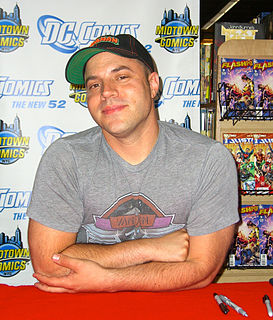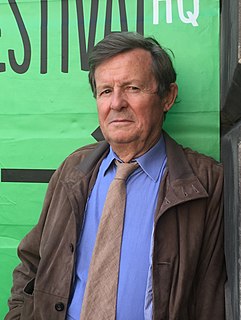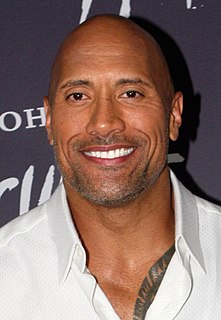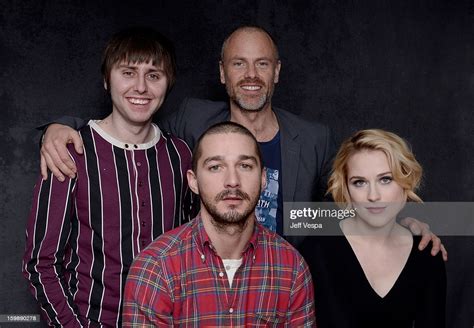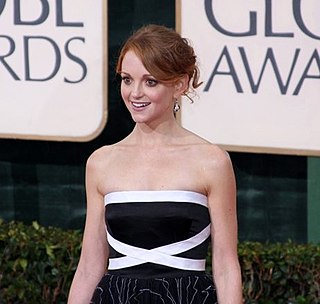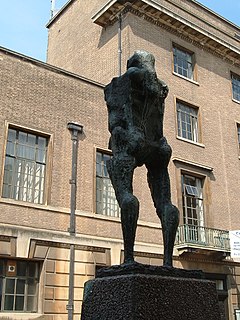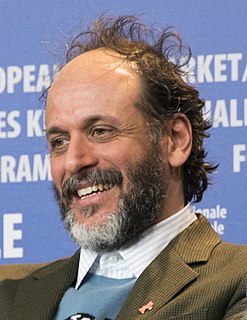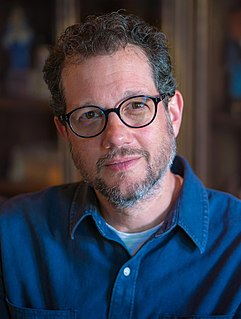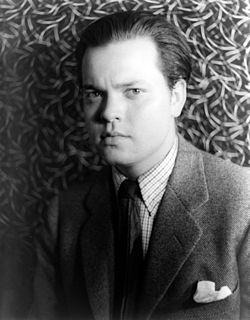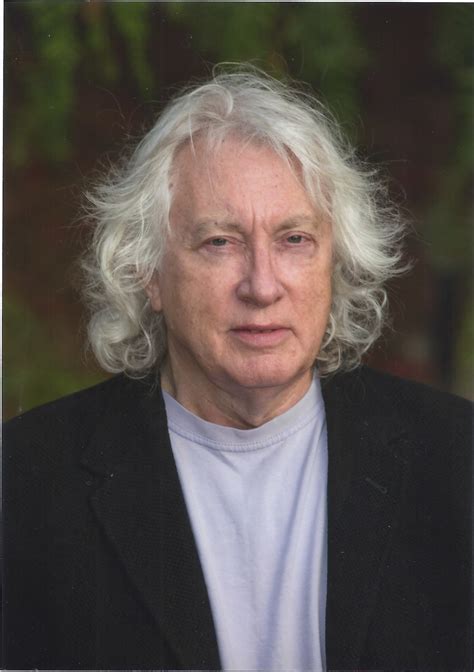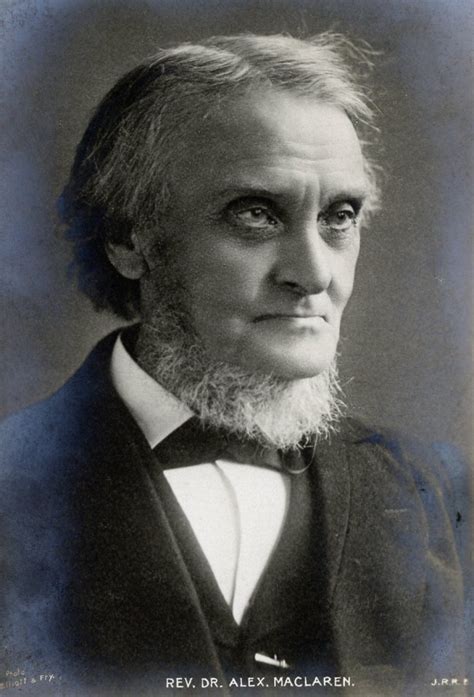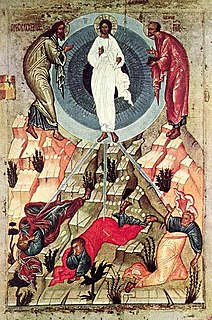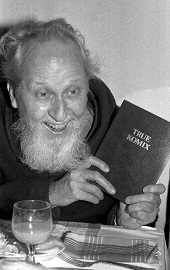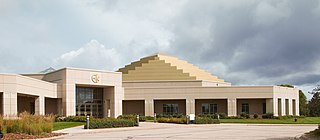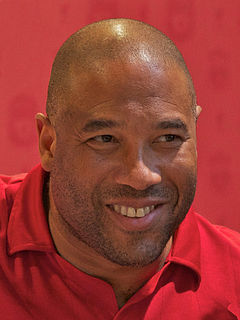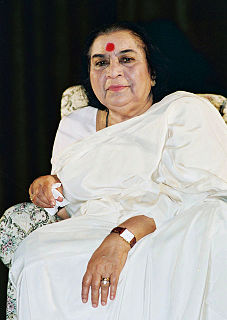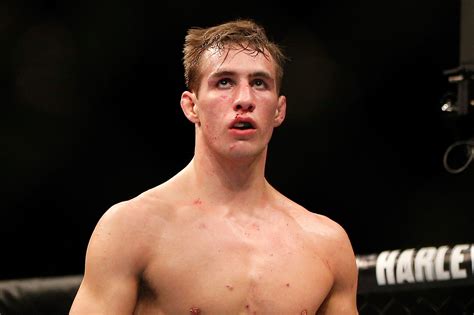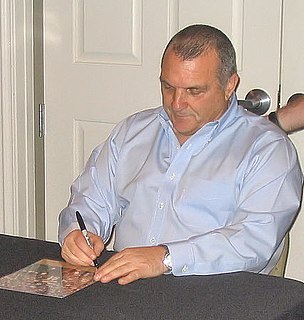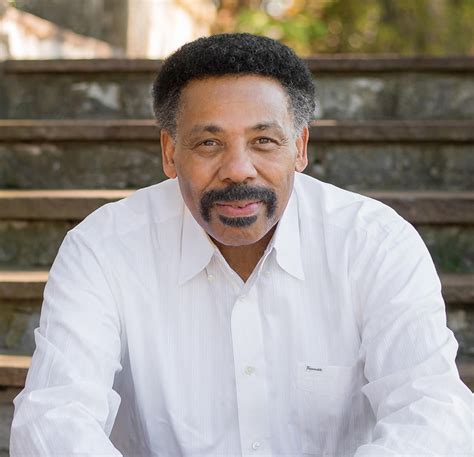A Quote by Wade Eastwood
Everything today is such a massive visual show. It's very rare to get a film where the characters are raw and real - and you can take people back to where they are watching live cinema. With character-driven action. Not visual-driven action.
Related Quotes
I'd love to do a Paul Greengrass movie, or something like that, that's a character-driven action film. I'd like someone to make me go to the gym every day, and all that stuff. I don't know. Wherever the good characters are, I tend to try to get a job. It was nice because this was dipping my toe in the action genre. Maybe I might put my foot in, next time.
My favorite thing to do is action-driven, emotionally-charged scenes. If it's not just two people talking in a room, but it's on the move and things are happening and it's chaotic, and emotion comes from the characters and from the action, and the fall-out ultimately changes the character relationships, that exactly the kind of stuff I like writing.
. . . it is true that language and forward movement in the cinema are jolly hard to reconcile. It's a very, very, difficult thing to do. . . . There is still a place in the cinema for movies that are driven by the human face, and not by explosions and cars and guns and action sequences . . . there's such a thing as action and speed within thought rather than within a ceaseless milkshake of images.
I think making a great action movie is one of the hardest cinematic endeavors. By definition, smart characters avoid action. Smart people don't go down dark alleys, but if you're making an action movie and you want to have an action sequence, somehow you have to get that character into that dangerous situation.
. . . you [film critics] always overstress the value of images. You judge films in the first place by their visual impact instead of looking for content. This is a great disservice to the cinema. It is like judging a novel only by the quality of its prose. I was guilty of the same sin when I first started writing for the cinema. . . . Now I feel that only the literary mind can help the movies out of that cul de sac into which they have been driven by mere technicians and artificers.
The instant that movies became described as character driven was the instant when characters stopped mattering in movies. In other words, the birth of the notion of the character-driven movie coincided with the birth of movies in which characters were incidental to the very activities in which they engaged.


